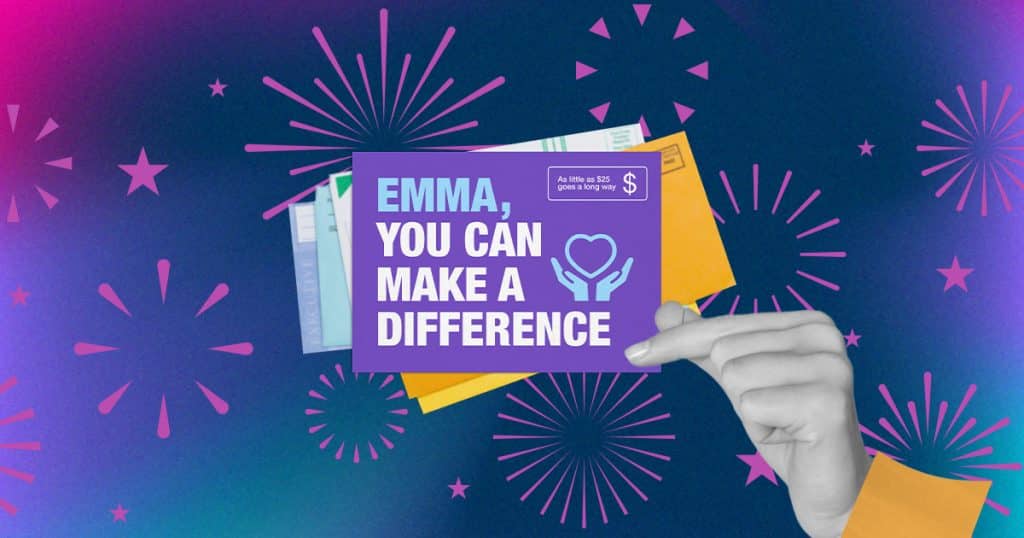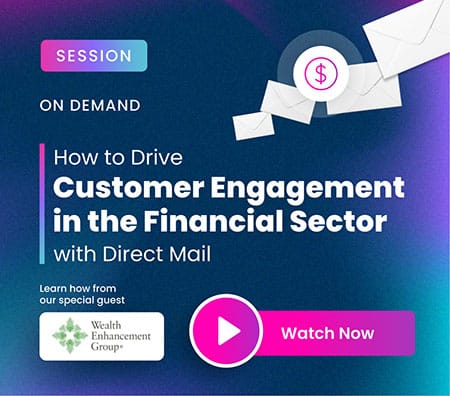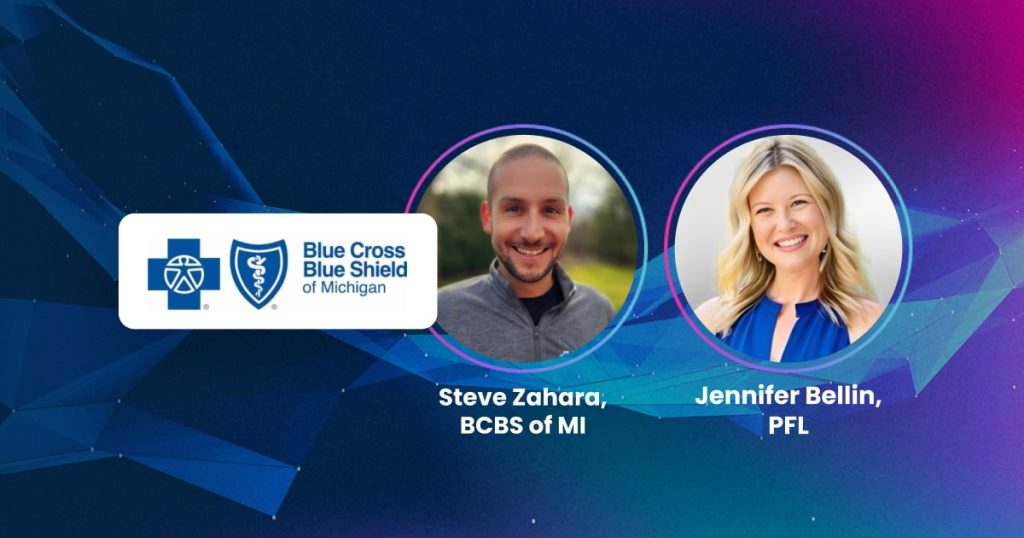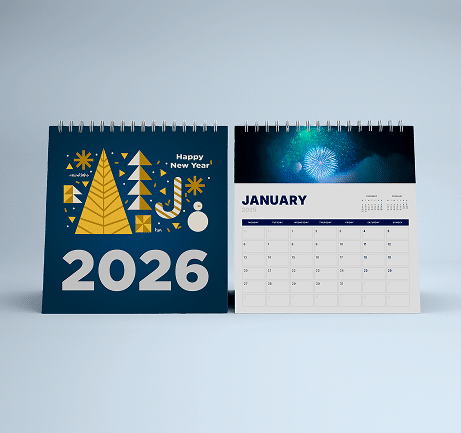
By The P F L and Printing for Less Teams
Imagine if Paul Revere—America’s original midnight messenger—had another way to raise the alarm back in the early days of the country. Rather than racing from town to town on horseback with a lantern, he and the boys could have blanketed the colonies with a single, well-designed postcard sent, via “Every Gate Direct Mail” (EGDM), to all the homes in Middlesex County. No missed cottages. No confusion. Just one clear, urgent message in the pigeonhole: “The British are coming!”
Silly, of course. The USPS wasn’t even established until a few months after Paul’s ride, in July of 1775, at the Second Continental Congress. But, today, there are quite a few tools available to reach the right people, at the right time, with the right message. Prompt and timely communications are as important today as ever.
That’s where modern direct mail comes in—and solutions like the real USPS’s Every Door Direct Mail (EDDM). Whether you’re warning of an impending mosquito invasion or announcing an Independence Day sale, direct mail ensures that your message lands where it matters most: In your audience’s hands.
Let Your Message ‘Bang’ Like Fireworks
Just as fireworks command attention and create memorable moments, powerful direct mail pieces break through can make its own kind of messaging noise. Think of your direct mail campaign as your brand’s moment to shine—creating something tangible, memorable, and impossible to ignore. When your audience receives a physical piece that stands out, it creates that “wow” moment that digital communications often miss. Here’s how to make your direct mail campaigns explode (in a good way):
- Design for Impact: Use bold colors and enticing imagery that instantly capture attention. A well-designed mail piece stops recipients in their tracks, much like a brilliant fireworks display against the night sky.
- Personal Touches: Direct mail allows for personalization that digital often can’t match—add a recipient’s name, tailor offers to their interests, or include custom maps or images relevant to their location.
- Compelling Calls to Action: The most effective direct mail, like the most impressive fireworks finales, leaves the audience knowing exactly what to do next—whether that’s visiting a store, calling a number, or scanning a QR code.
Modern Marketers: The Power of EDDM
With the ability to target entire neighborhoods or ZIP codes, EDDM empowers businesses—large and small—to reach local audiences efficiently and affordably. It wasn’t around to help Paul Revers, but it’s the modern answer to getting important messages out to the masses, delivering stellar results.
- Hyperlocal Targeting: Reach every household in your chosen area—no horses required. Perfect for businesses with a geographic focus, such as restaurants, retail stores, or service providers.
- Cost-Effective Delivery: EDDM eliminates the need for a mailing list, making it one of the most affordable ways to reach a broad local audience without sacrificing impact.
- High Visibility: Unlike crowded email inboxes where messages disappear with a swipe, a physical mail piece stands out, demands attention, and often remains visible for days or weeks.
Tips for Direct Mail Campaigns That Pop
- Timing Matters: Plan your campaign delivery carefully—consider both seasonal relevance and your customers’ buying cycles to ensure your message arrives at the optimal moment.
- Integrate Channels: Combine direct mail with digital marketing for maximum reach and impact. For example, send a teaser email, follow with a dimensional mailer, then reinforce with targeted social media.
- Measure Everything: Use unique promo codes, personalized URLs, or QR codes to track response rates and calculate ROI. For more on tracking direct mail effectiveness, check out our recent digital event replay, “Show Me the Money: How to Track the ROI of Your Direct Mail Campaigns.”
Declare Your Independence From Digital
As with the declaration that sparked a nation, powerful direct mail campaigns make bold statements that demand attention. In a world where digital messages fade as quickly as they appear, physical mail endures—creating lasting impressions and driving measurable results. Want more inspiration? Explore our Resource Center for creative campaign ideas, personalization strategies, and real-world success stories from businesses that have harnessed the power of direct mail to get the word around and drive results.











